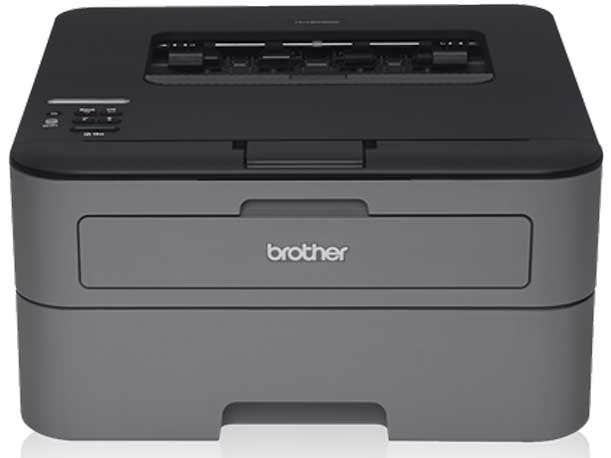Brother International: Print Management Is A $762M Market
In addition to selling print hardware, solution providers can generate additional revenue by offering product infrastructure management and customizing workflow solutions for those devices, says Brother International’s David Fisher.

Even as many businesses shift to a digital-first approach, there’s still a lot of money to be made in the print market, said David Fisher, senior sales manager for the VAR channel at Brother International.
As print moves toward a subscription-based model, solution providers can generate revenue not just from selling hardware but by offering professional services such as product infrastructure management and customizing workflow solutions.
“It’s not the most cutting-edge technology, it’s not the most exciting thing, but I can guarantee you that almost every one of your clients is still printing,” Fisher said during a session at the XChange+ 2021 event in San Antonio, Texas.
Print management is about a $762 million market, Fisher said during his presentation at XChange+ 2021, hosted by CRN parent The Channel Company. In 2019, consumer and office printers printed more than 1 trillion pages in the U.S. alone.
[Related: ThreatLocker CEO - Thwart Ransomware With Endpoint Controls]
Despite the maturity of the print market, document management offerings are still needed as companies look to better secure, manage and control output as they are converting from paper to digital.
“That’s just the print management software aspect of it where you can tack on professional services to set up those workflows,” he said.
Key market trends in the print market revolve around the decline in A3 devices (large copiers), according to Fisher, who said that A3-sized output is typically in the single-digit percentages.
“That’s been declining way before the last 18 months,” he said. “That’s a shift we see as we use smaller desktop-type devices, and you’ll see that A4 [devices have] actually been increasing over the last couple of years.”
The shift to A4 devices is due to the fact that they are much more robust and can act like A3 devices, but the acquisition costs are much lower.
“That’s a huge driver with a business,” he said. “Putting the information closer to the end user, putting the on-boarding documents right on the desktop … that’s going to kick off those digital workflows.”
Other trends include a rise in print security, workflow efficiency and customization that enable the product to easily integrate with software.
During the COVID-19 pandemic, print was severely impacted, he said. Depending on the industry, Bridgewater, N.J.-based Brother International saw both a rise and fall in printing.
“We saw even last year, obviously in the shutdown of schools … that was a huge hit in certain markets,” Fisher said during his presentation. “Retail took a big hit in terms of their output, but the health-care print space was dynamite. And then restaurants, all those folks went to printing out individual menus on a daily basis. They didn’t print anything at all and then all of a sudden they’re printing 200, 300, 500 sheets a day.”
Joseph Warrino, partner at Johnson O’Connor Technology Solutions, a Wakefield, Mass.-based MSP, said along with generating revenue, offering print services is an additional way to keep in touch with customers.
“I was completely shocked at the amount of money there is in printing,” he said. “I never thought of printing as a service. I’ve got to explore it more, but [Fisher] made it seem like it’s seamless and very easy to do.”
The move toward smaller desktop devices versus large copiers is a trend to take note of, said Dustin Greiner, operations manager for HSC Technical Solutions, a San Marcos, Texas-based MSP.
“It’s COVID, so we haven’t needed a lot of printers recently,” he said. “We’re kind of moving into the next generation of printing, finally, which makes it a little more exciting for us than the way it’s always been.”